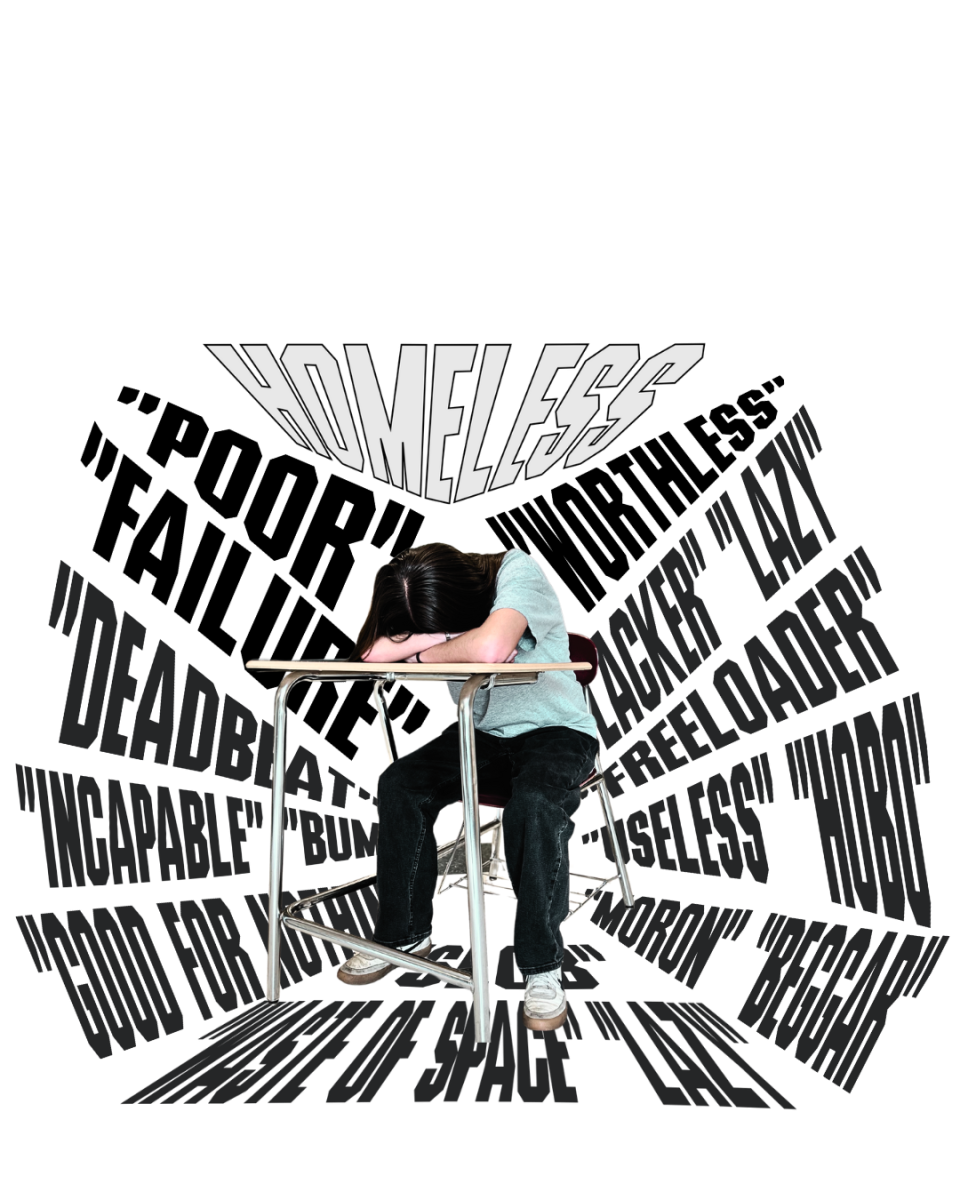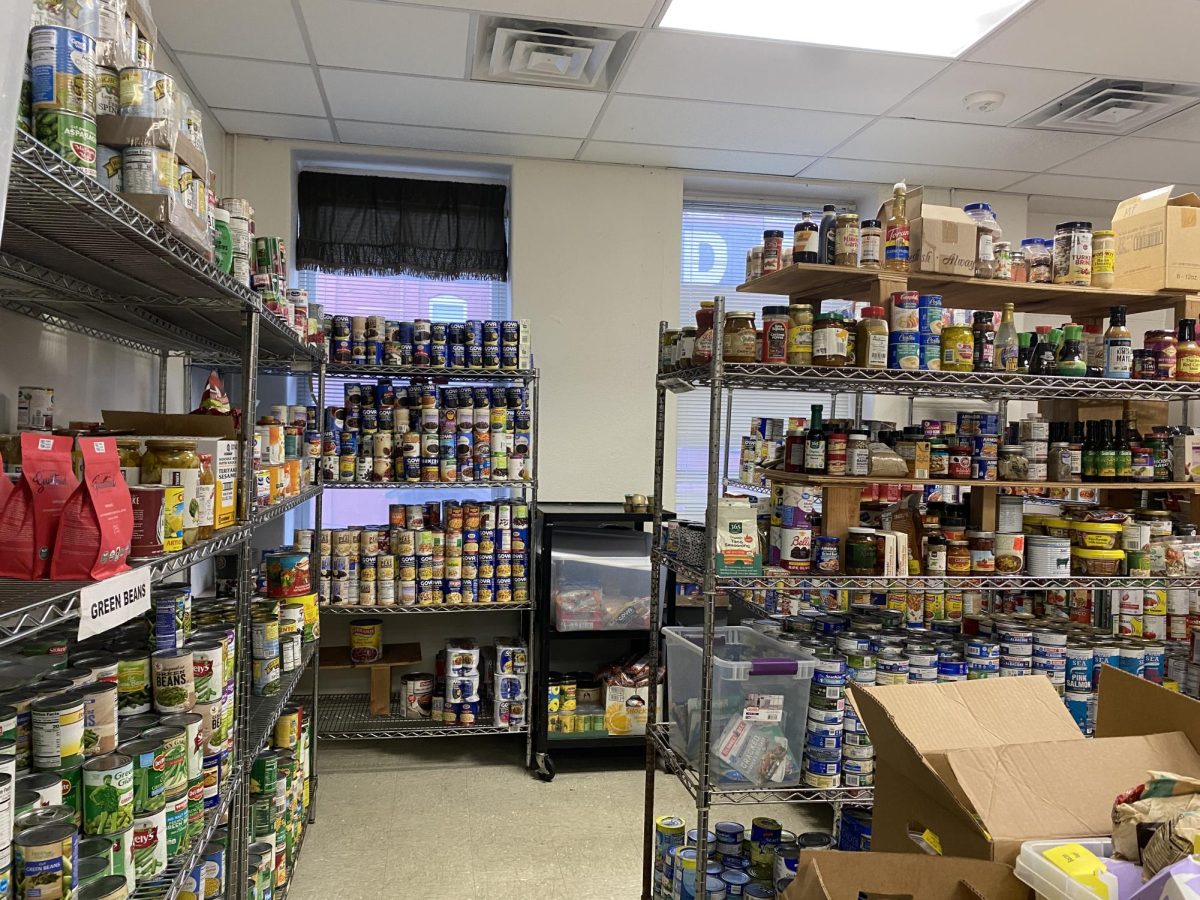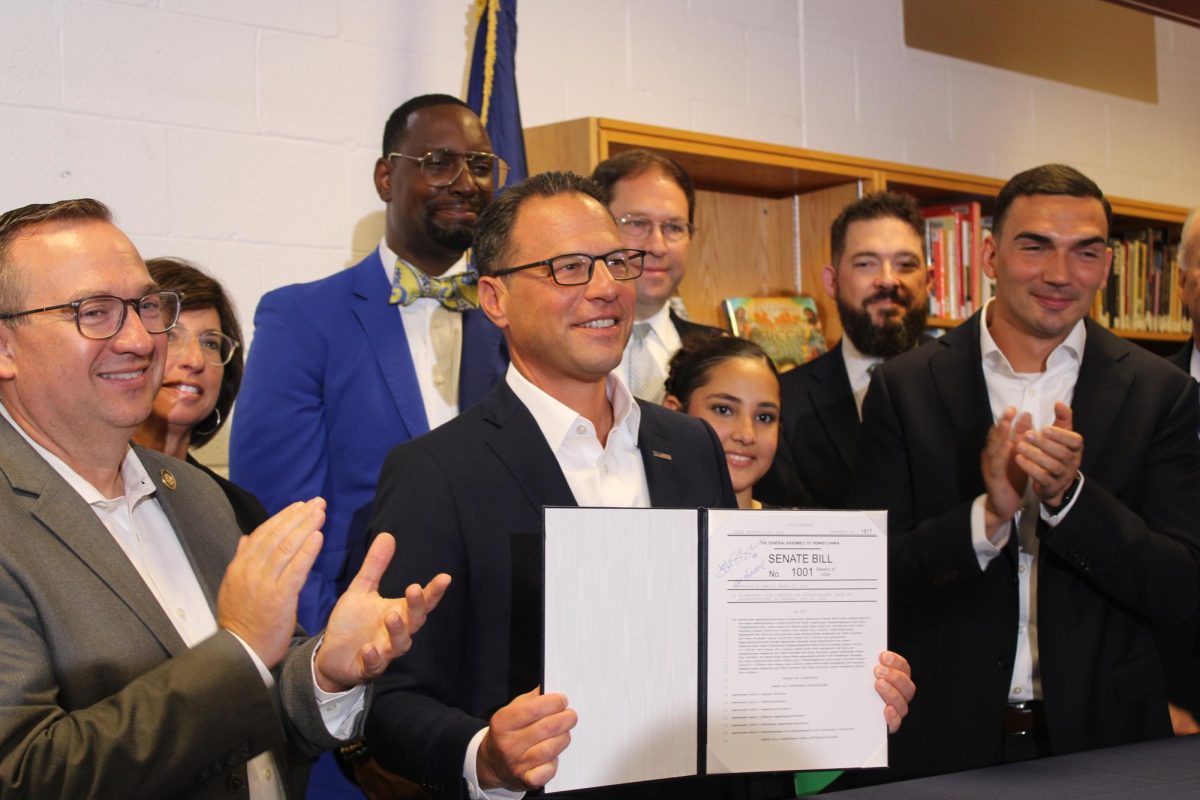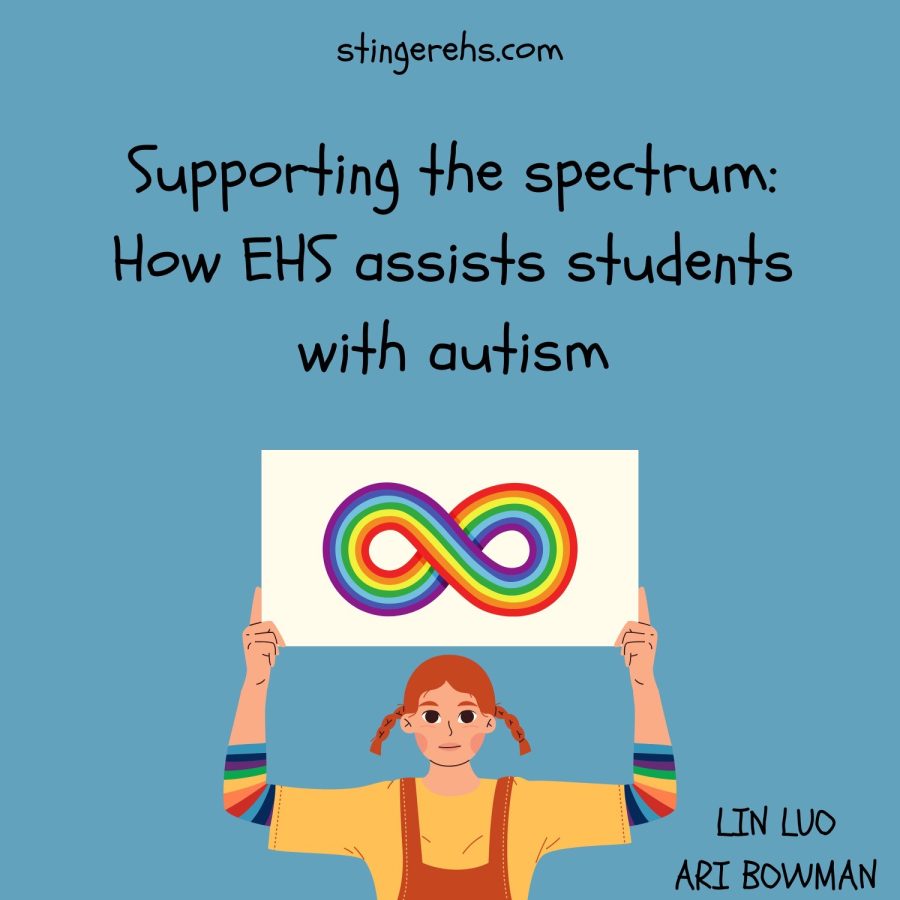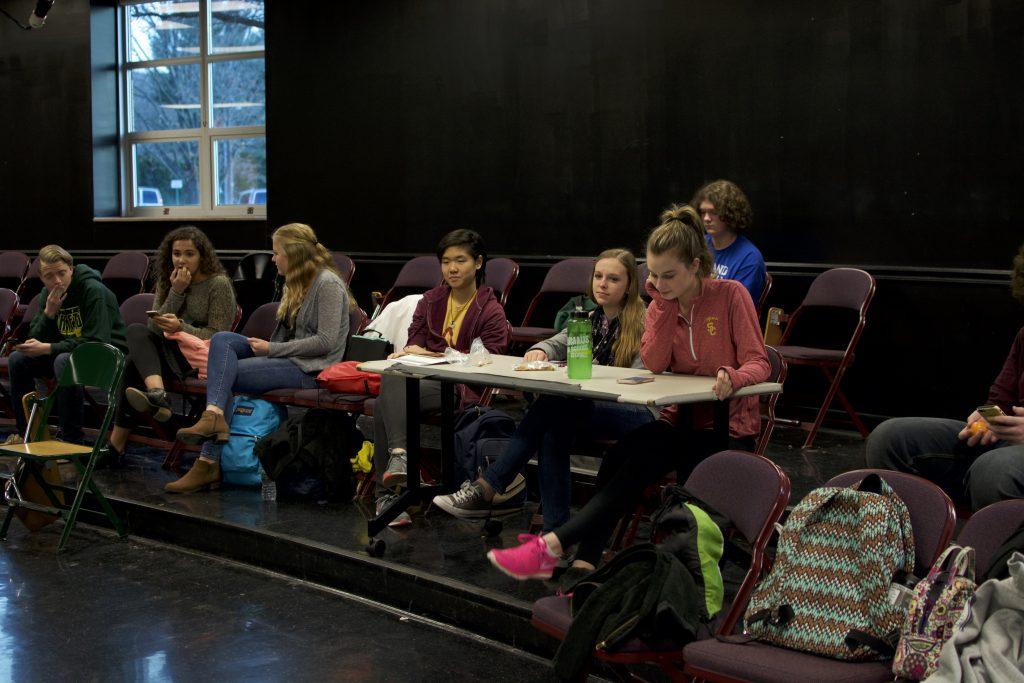Previously appeared in May Print Issue.
Homelessness isn’t always visible, it can
be a family temporarily staying with relatives, a student unsure where they will sleep tonight, or a neighbor facing unexpected challenges.
Homelessness is a rapidly increasing issue nationally. The severity is often unseen by those who pass it on the street. U.S. public schools identified 1,374,537 students who were experiencing homelessness in the 2022-2023 school year, a 14 percent increase from the previous school year. Homelessness affects one in every 500 Americans, including approximately 1,000 of the Lehigh Valley’s residents.
Displacement can happen to anyone. There’s an extensive range of circumstances that have pushed people who once lived comfortably into years of getting back on their feet. It can happen to teengers, who’s parents kick them out young. It can happen generationally, a pattern yet to break. It can happen to anyone; a house fire ending in residence loss. It is much closer than many would like to acknowledge.
Defined by the United States Department of Housing and Urban Development (HUD), homelessness encompasses people both living in transitional housing or shelters and individuals having no home and often living in the streets. The definition provided by the HUD also includes anyone without a permanent residence, those temporarily living with family members, and those who reside in hotels.
“When you mention the word homelessness, people automatically think somebody’s laying out on the street,
somebody living in a tent, you know, they have certain images of what homelessness is,” East Penn School District’s social worker Daniel Brown said.
As the school district’s homeless liaison, Brown oversees students considered McKinney-Vento eligible. Created under the Board of Education to aid students through their academic career, the McKinney-Vento Homeless Assistance Act is a federal law that ensures educational rights and protections for youth experiencing homelessness, guaranteeing them access to a free and appropriate public education. The act defines a student experiencing homelessness as one who lacks a fixed, regular, and adequate nighttime residence. It requires public school districts to appoint a liaison, such as Brown, to ensure the identification of students experiencing homelessness in coordination with other school personnel and community agencies.
This act’s purpose is to ensure that unstable living situations will not prevent a student from succeeding academically.
Brown plays a key role in the effort to slow the valley’s homelessness crisis. He works tirelessly to ensure that all students know their rights, but he’s the first to acknowledge that he can’t do it alone.
“I may get donations and give them to families, but it really takes a community to come together to help a family,” Brown said.
Students who find themselves hindered by the prejudiced notions pertaining to homelessness may destroy not only their ability to move forward with their life, but also their willingness to. According to SchoolHouse Connection, 48 percent of homeless students drop-out and do not collect a diploma. However, that means half of students experiencing homelessness collect either a diploma or GED. Improper assumptions create damaging stereotypes, which push harmful ideas of those experiencing homelessness.
To stray away from these derogatory ideas, there are many attempts at renaming and rebranding homelessness. Terms such as “unhoused,” “displaced,” and “home-insecure,” exist to protect the working to accomplish a new life.
“People just don’t wake up in the morning and say, ‘I’m going to be homeless,’” Brown said. “Most of the people I found to be McKinney-Vento eligible, [became homeless] because of a sudden event. It could be something with construction. It could be a house fire. It could be that mom and dad just got a divorce.”
Homelessness, though often misunderstood as being caused by laziness, drug addiction, failure, and incompetence, has a much broader demographic of people who are not at personal fault for their for their circumstances. These ideas may be harmful to those struggling, whose life can be dictated by the responsiveness of the world around them. The misconceptions can insinuate fear and disdain toward people in such a position.
Stefanie Appel, a community relations worker at transitional shelter Allentown Rescue Mission, confronts this idea routinely in her work with thousands of unhoused people.
“[Working here] you see that there’s a story behind it. It’s just not people being lazy. Its people who have been given an awful hand in life. It’s people who took the wrong path, and they just need a second chance,” Appel said.
Covenant House, a non-profit homeless shelter in Philadelphia, has observed social isolation creating feelings of inferiority, plummeting self-esteem, depressive behaviors, avoidance, lessen participation, and restricting motivation. It can also lead to erratic and problematic behaviors or alcohol and drug use.
In a publication titled “Substance Use Among Youth Experiencing Homelessness,” National Health Care for the Homeless Council explains that for many, substance abuse offers an escape from the physical and emotional trauma associated with the stress of home instability.
According to the Covenant House, 69 percent of homeless students report having mental health challenges — making suicide the leading cause of death among homeless youth. The fight to reframe the villainization of homelessness, those who face it, and make “homeless” less of a “bad word” starts with the causes of it.
The viciously increasing cost of housing seems as though it would be the most logical cause of homelessness. Many who aren’t able to grasp the depth of the problem believe it isn’t sensible that those struggling with homelessness wouldn’t be able to get housing if they simply found and kept a job.
“I know a lot of people think it’s just housing. You get them affordable housing, and that solves the problem. It doesn’t,” Appel said. “There’s bigger reasons why they’re homeless than just ‘I can’t afford it.’ It’s a lot more
complex than that.”
Even if overcoming displacement could be narrowed down to getting a job and buying a house, homeless individuals are significantly less likely to be offered the job they’re applying for. This may be related to professional appearance, no proof of residency, poor consistent proper hygiene, lack of previous work experience, the damaging reputation of homelessness, and race discrimination — as several minority groups are more susceptible to fall victim to homelessness, as reported by Bennington County Coalition for the Homeless.
Factors such as these often lead to having low-paying or minimum-wage jobs and earning unlivable wages. With rapidly heightening inflation, the competition in job hunting only rises. Being the best candidate against a sea of applicants privileged to have an advantage is unlikely, leaving those who may need the job the most jobless. Even public transit, often the only option for those without a car, does not always meet the needs of people experiencing homelessness.
“Public transportation is not particularly well funded,” former school board member for the East Penn School District and Lehigh University Sociology Department Head Ziad Munson said. “The buses only run in certain places at certain times.They stop running during poor weather and so forth. Transportation has an enormous impact on whether or not you can find a safe place for you and your family to live. It’s one of the things that we don’t necessarily consider when thinking about the unhoused. Government policies like public transportation can really contribute to the problem.”
With limited ability to get to school,many homeless students struggle to be present in school; however, attendance is a necessary precondition to receiving instruction. Research correlates chronic absenteeism with lower standardized test scores and grade point averages as well as higher rates of grade retention and dropping out. According to the National Center for Homeless Education, 48 percent of students experiencing homelessness in America were reported as chronically absent compared to 28 percent of all students. These absences directly correlate with two issues. Students of working age are more likely to miss school for job opportunities, working full-time minimum-wage jobs to assist their impoverished families. Another issue is the shame burdened upon students battling homelessness, or general poverty that discourages students from attending entirely.
Similarly to the McKinney-Vento Act, the Department of Education made an amendment to the American Rescue Plan Act in 2021, which dedicated an additional $800 million to aid the identification and support of homeless students; $32,748,656 administered to Pennsylvania specifically. This enabled over half of U.S. school districts to access Education for Homeless Children and Youth support, which provides resources to protect, aid for, and provide for. An evaluation of states’ immediate administering of the funds found improvements in identification, attendance, and achievement. Despite efforts to combat it, homelessness remains a continuous issue, a threat to aspiring students.
As the homelessness crisis skyrockets nationally, the number of students impacted expands, crushing students who bear its weight. The current mainstream understanding of homelessness is repressive of the person who battles it. It can cost students a lifetime of education and success because of the emotional, mental, and physical burden placed upon them socially, pushing them down rather than uplifting them. The fear of homelessness creates a barrier between people, between adolescents and academic success.
“There’s a lot of people in life who need a second chance, and there’s going to be a lot of students, even at Emmaus, that are going to need a second chance at some point in their life because life’s hard,” Appel said. “I don’t know if students will recognize that yet, but at some point in their life, they will.”




